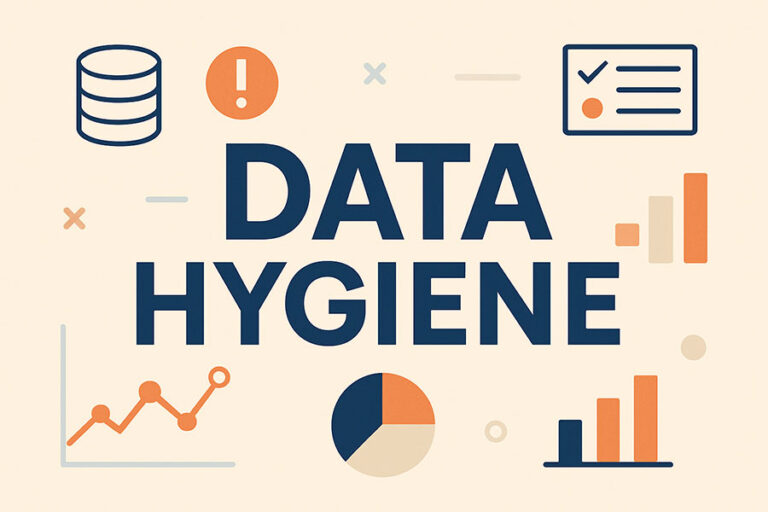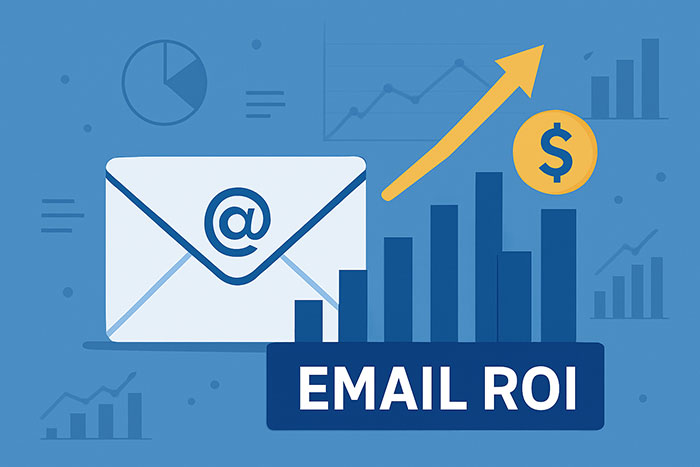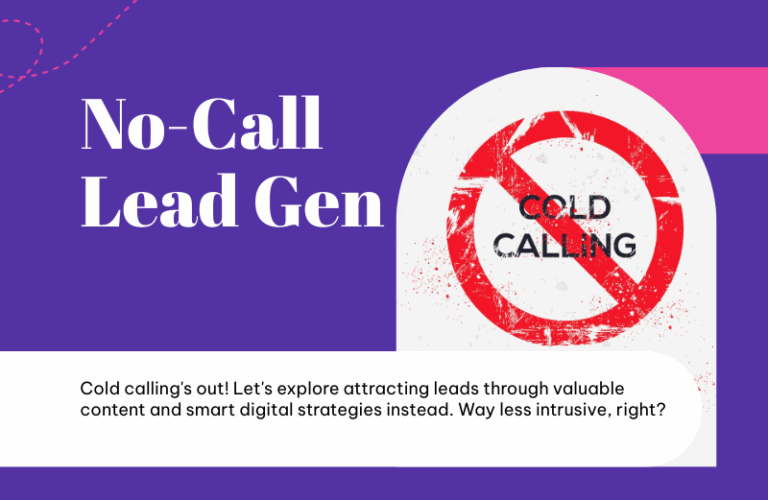
You reach for your phone or boot up your office computer for the day. Your first move is to check your in-box, wade through the dozens (or maybe hundreds, if you’re a busy C-level exec) of emails making claims on your attention, delete the irrelevant ones, open a few mission-critical ones, and save a stack for later. Sound familiar? It’s the way most people read their email.
While you might not think of those saved-for-later emails as a big deal from your end, it’s very big for marketers; in study after study, response rates reveal that most of us don’t like leftovers much. “Later” often comes too late, and email that’s tabled until a more convenient time never gets a response. Even when leads do open email later, they don’t spend as much time reading and interacting with email they’ve already consigned to a lower priority.
What you want, then, is to be sure your email gets bumped to a higher priority, winding up on the short list of messages that get an open and a response when your recipients open their in-boxes. Here’s how to make it happen.
Get the Facts Right
Irrelevant email rarely gets opened, and mail that never reaches its intended recipient can’t get opened at all. Your first goal is to go through proper data hygiene and data enhancement processes to cleanse and complete your prospects’ records. A prospecting database is only as good as the data it contains, so whether you’re working from a house list or acquiring new leads from a business email list management company, clean your data – and keep it that way with regular verification and merge/purge processes.
Make a Name for Your Organization
What’s in a name? Plenty, when it comes to how quickly leads open your email. Ideally, your sender name is your company’s name so people know precisely who’s contacting them. Familiarity with the sender is a primary incentive for people to open their emails, so if you want to get their attention right away, associate your organization’s name with well-curated, quality content delivered at a pace that makes sense for your audience.
Make Subheaders Matter
Check some of the business email you’ve received, and you’re likely to find more than a few companies that use the subheader space after the subject line and before the email’s body to include an unsubscribe link. While it’s necessary to include that information, you don’t have to default to using valuable subheader real estate to display it. Instead, use that space to add more to your subject line or create additional interest. More people read email on their phones or other mobile devices than on desktop computers now, so subheaders are even more important as phones typically display the first few words after the subject within the email.
Keep It Light
People prefer to skim business emails rather than reading them. When you keep correspondence concise and light on reading, you’ll be rewarded for your respectful treatment of your audience’s time with higher conversion rates. Skim-worthy content for email includes:
- Bullet points
- Brief paragraphs
- Single-purpose subjects
- Lots of “white space” on the page for an uncluttered look
- Direct call to action
Find Them at the Right Time
When does your audience open email? In the B2B sector, it’s not always as straightforward as you might think. Take a look at what the data says before you decide when to send out emails. You might even find that some segments of your audience have higher open rates at different times than others. When you’re able to consistently deliver the right message to the right audience at the right time, you’ll see your open rates soar.
© Reach Marketing LLC 2016 All Rights Reserved.



